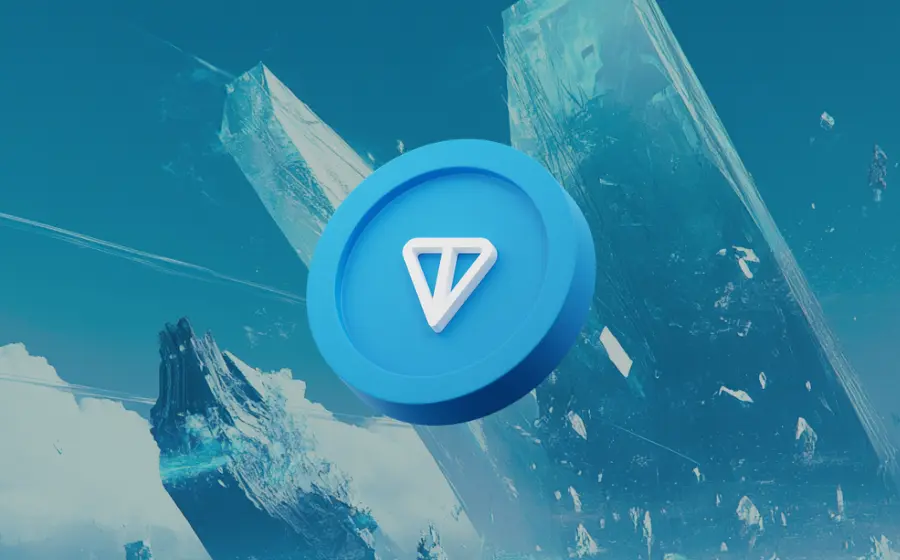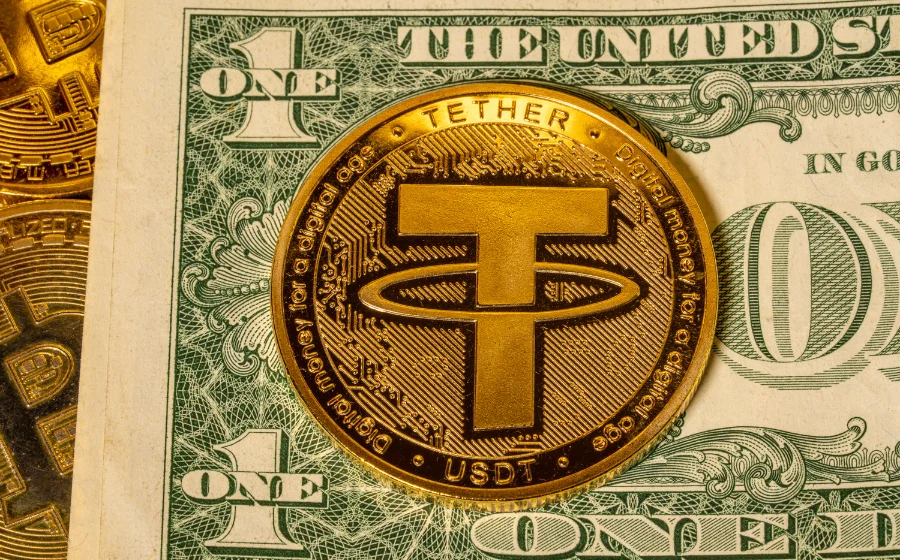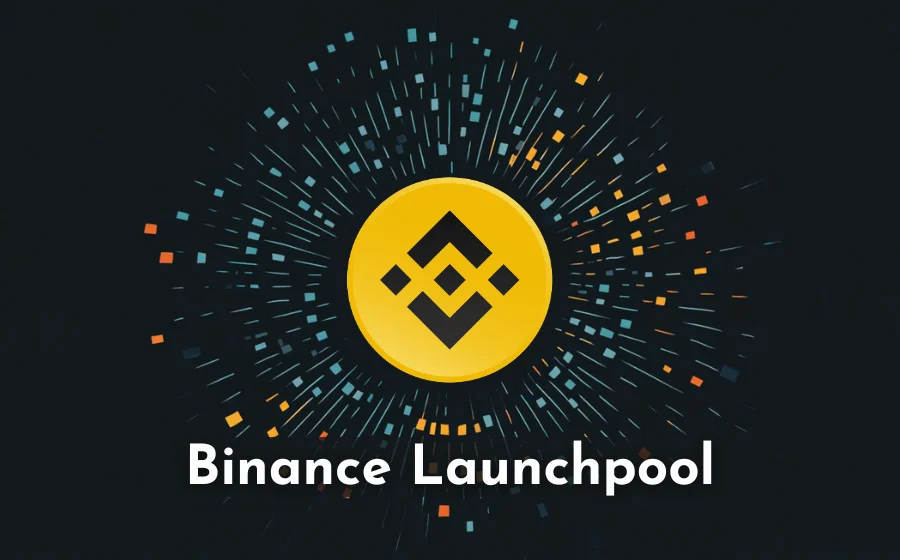
KEYTAKEAWAYS
- DePIN leverages blockchain technology to create decentralized networks, making resource sharing efficient and incentivizing greater participation with token rewards.
- DePIN addresses traditional IoT challenges by reducing costs, building trust, and maximizing resource utilization through decentralized infrastructure.
- Promising DePIN projects like Render Network, Filecoin, Arweave, and Helium showcase diverse applications of decentralized infrastructure in storage, computing, and connectivity.

CONTENT
DePIN offers decentralized IoT solutions, leveraging blockchain and tokenomics. Discover its key elements, operations, advantages, challenges, and promising projects shaping the future of IoT.
WHAT IS DEPIN?
DePIN (Decentralized Physical Infrastructure Networks) is an innovative form that brings centralized IoT into the Web3 world through tokenomics, building a decentralized infrastructure network. Currently, there is no universally accepted definition of DePIN. However, we believe that DePIN should be interpreted as a “Decentralized Physical Infrastructure Network,” which is also the latest explanation of its full name, “Decentralized Physical Infrastructure Networks.”
DePIN leverages blockchain technology and cryptocurrency tokenomics to encourage individuals to share idle resources, forming a decentralized infrastructure network. Unlike traditional centralized backends and companies, DePIN relies on decentralized networks and communities for transactions and business logic.
-
Key Elements of DePIN Projects
- Target Resources: The primary resources of the project, such as bandwidth, GPU computing power, etc.
- Hardware: The necessary equipment contributors need, for example, a computer with internet access to provide bandwidth.
- Contributors: Individuals or groups who share their idle resources.
- Incentive Mechanism: The reward system provided to contributors, usually in the form of cryptocurrencies or tokens.
- Consumers: Individuals or businesses that purchase these resources from the project.
These elements together form the operational model of DePIN projects, making resource sharing more efficient and incentivizing greater participation through decentralization.
>>> More to read : Memecoins, RWA, AI, and DePin Lead Crypto Trends in Q2 2024 Despite Market Downturn
HOW DEPIN OPERATES
The structure of DePIN is divided into two parts: on-chain and off-chain.
▶ On-Chain: This part is responsible for coordinating decentralized resources, providing a trustless and permissionless decentralized ledger to ensure reliable outcomes for both suppliers and consumers. It uses blockchain as the ledger, with smart contracts to record operations and cryptocurrencies as the medium for transactions, offering token rewards to incentivize users to become resource providers.
▶ Off-Chain: This part handles the actual provision of resources. Users share their idle physical resources in exchange for token rewards. For simpler computer resources, users can participate by installing designated software, while more complex resources require specific hardware to supply.
In summary, the on-chain part manages the economic consensus, while the off-chain part handles the actual execution of resources. The operation of DePIN projects relies on the combination of both. The key operational elements can be categorized into the following 4 aspects:
4 Key Elements of DePIN Projects
- Physical Equipment Infrastructure
Both physical and digital resource networks require a large amount of hardware to function, including equipment such as transportation vehicles for mobile networks, batteries for energy networks, pipelines and solar panels, routers for wireless networks, and servers for cloud networks.
- Off-Chain Computing Infrastructure
Once the equipment is in place, a data layer is needed to connect the physical world with the blockchain world. This layer calculates users’ activities and workloads in the real world, serving as the basis for reward distribution. These data can also be used for commercial integration and reuse.
- Blockchain Infrastructure
Every DePIN network needs blockchain as its underlying infrastructure to record proof of work, keep accounting, and distribute reward tokens. Community members can also use this network to conduct transactions or exchange services and products. Notable examples of DePIN blockchains include FileCoin and Helium.
- Token Reward Mechanism
The token reward mechanism encourages community members to contribute their hardware equipment or digital resources to the network. It acts as a subsidy and compensation for resources or work, motivating members to continue building and maintaining DePIN.
>>> More to read : What is Sector in Crypto? A Comprehensive Guide

DEPIN | USES & ADVANTAGES
- Decentralization
The ownership of the DePIN network is distributed among many participants instead of being controlled by a single entity. This reduces reliance on centralized management bodies, lowers costs associated with managing physical infrastructure, and enhances transaction security, reducing risks such as hacking and corruption.
- High Transparency
With blockchain technology, all transaction records on DePIN are open, transparent, and easily traceable. This increases the network’s credibility and helps prevent fraud, forgery, and other illegal activities.
- Reward Mechanism
DePIN uses a token-based economic model to provide financial incentives to both resource providers and consumers, encouraging more participants to contribute to and maintain the network, which in turn creates opportunities for entrepreneurship and innovation.
- Promoting Competition
Unlike centralized platforms dominated by a few entities, DePIN allows individuals and communities to directly participate in resource production, distribution, and utilization. This decentralizes control over physical infrastructure, empowering individuals and communities and enabling peer-to-peer (P2P) transactions.
How DePIN Solves the Challenges of Traditional IoT
- Breaking Monopolies and Reducing Costs: Traditional IoT sectors such as communication, computing, and storage are dominated by large corporations, leading to high prices and limited choices. DePIN offers a more cost-effective alternative. For example, in data storage, most service providers offer only a few plans with high prices, while decentralized storage is significantly cheaper and allows for optimal resource utilization.
- Building Trust for Smaller Providers: Users often distrust smaller platforms, but through blockchain integration, even small providers can securely share resources like CPU power and bandwidth, ensuring reliability while earning token rewards without facing trust issues.
- Reducing Resource Waste: Approximately one-third of resources in traditional IoT systems are idle. DePIN enables small platforms and individuals to connect their idle resources to the network, maximizing their utilization, reducing waste, and tapping into new market opportunities.
The DePIN model offers a decentralized upgrade to the traditional IoT industry, effectively addressing challenges such as monopolies, trust issues, and resource wastage, while paving the way for innovative solutions in this evolving landscape.
>>> More to read : What is Altcoin & Altcoin Season?
PROMISING DEPIN PROJECTS
1. Render Network
Render Network Foundation offers a decentralized GPU rendering solution, aiming to connect node operators with artists and scale 3D rendering tasks and applications to the cloud. Utilizing a decentralized peer-to-peer network, the system provides high scalability, speed, and cost-effectiveness, making rendering services more affordable for customers.
ꚰ Learn more: What is RNDR & Render Network?
2. Filecoin
Filecoin is a decentralized storage network based on the InterPlanetary File System (IPFS), designed to create an efficient market for unused storage space globally. It not only reduces storage costs but also enhances data security and reliability.
ꚰ Learn more: Filecoin (FIL): The Future of Decentralized Storage
3. Arweave
Arweave is a decentralized storage network focused on infinite data storage, often described as a “hard drive that never forgets.” It is well-known for hosting the “permaweb,” a permanent and decentralized web hosting a wide range of community-driven applications and platforms.
4. Helium
Supported by Solana, Helium is a decentralized wireless infrastructure network. Initially launched as an IoT (Internet of Things) network using the Low Range Wide Area Network (LoRaWAN) protocol for IoT device connectivity, Helium later expanded to 5G hotspots. The Helium 5G network is powered by user-operated nodes, and node operators are rewarded with tokens for providing resources to the network.
>>> More to read : DePIN Made Simple | Top 3 DePIN Projects
DEPIN’S FUTURE & CHALLENGES
- Market Competition: The DePIN sector is vast and highly competitive, with over 650 crypto projects involved. This intense market rivalry presents a significant challenge.
- Funding Pressure: Many DePIN projects require continuous fundraising, and their growth is heavily influenced by the confidence and investment levels of their backers.
- Application Breadth: DePIN projects must be applicable across diverse fields such as computing, wireless communication, energy, AI services, and sensor instrumentation. This diversity requires tackling various application scenarios and technological challenges.
- Technical Integration: Integrating DePIN projects with blockchain, smart contracts, and other technologies poses certain technical pressures and transformation challenges.
DePIN Conclusion
At this stage, DePIN is still in a concept-driven phase. The key to whether DePIN projects can truly be realized, much like running a successful company, lies in the ability to develop mature technologies and offer effective solutions.
While the theory of decentralization and the concept of a growth flywheel seem promising, whether decentralized infrastructure can meet market demands, possess the strength to compete with established Web2 companies, and ultimately drive a paradigm shift in the market remains a question that needs practical validation.
>>> More to read : 15 Best YouTube Crypto Course to Watch for Free in 2024


















